smart #3 vs BYD Sealion 7 – Który samochód bardziej do Ciebie pasuje?
Oba modele mają swoje mocne strony – ale który lepiej pasuje do Ciebie?
Porównaj bezpośrednio osiągi, zużycie, cenę i przestrzeń: smart #3 czy BYD Sealion 7?
Urban Prowess: smart #3 Versus the BYD Sealion 7
As the automotive world strides forward into the electric era, two prominent contenders emerge from the throng—smart #3 and the BYD Sealion 7. Both encapsulate the inherent potential of battery-powered SUVs, but their approach to electrification and innovation delivers varied experiences for prospective buyers. Let's delve into the technical aspects and breakthroughs these vehicles present.
Design and Dimensions
Starting with the design, the smart #3 presents a compact and sleek silhouette. Stretching at 4400 mm in length, 1844 mm in width, and 1556 mm in height, it maintains an urban-friendly footprint, perfect for city dwellers. The BYD Sealion 7, however, veers towards a larger frame, measuring 4830 mm in length, 1925 mm in width, and 1620 mm in height, offering a more imposing figure that's sure to attract those desiring more road presence.
Power and Performance
The smart #3 is distinctly agile, offering two power variants—272 HP for the rear-wheel drive and a whopping 428 HP for the all-wheel version. These choices result in brisk accelerations from 0-100 km/h in 5.8 and 3.7 seconds respectively. Meanwhile, the Sealion 7 comes with power offerings of 313 HP and 530 HP, capable of sprinting to 100 km/h in 6.7 and 4.5 seconds, aided by its substantial torque delivery of up to 690 Nm.
Electric Range and Efficiency
Range anxiety is swept aside by the commendable distances these SUVs can cover on a full charge. The smart #3 can traverse between 325 km to 455 km depending on the variant, thanks to a choice between 47 kWh and 62 kWh battery capacities. In turn, the Sealion 7 surpasses this with ranges stretching from 456 km up to an impressive 502 km, albeit with slightly higher energy consumption of up to 21.9 kWh/100 km.
Interior Comfort and Utility
Inside, the smart #3 seats five, offering a trunk capacity of 370 liters, catering well to daily urban needs. The Sealion 7 enhances its utility factor with a more generous 520 liters of trunk space, which complements its larger exterior size and is ideal for those needing to haul more gear.
Innovations and Technological Edge
Both vehicles shine in their offerings of state-of-the-art technology. The smart #3 benefits from the brand's expertise in urban mobility, delivering a nimble and efficient city cruiser. On the other hand, BYD's Sealion 7 capitalizes on cutting-edge battery technology and a sophisticated all-wheel drive system for enhanced performance and safety on various terrains.
Conclusion: The Right Electric SUV
In the contest between smart #3 and BYD Sealion 7, discerning buyers will find key differences. The compact smart #3 suits the urbanite seeking performance with a slimmer profile, while the robust Sealion 7 appeals to those prioritizing range and utility. Both models, however, illustrate a promising future of eco-friendly motoring, shedding light on the diverse directions in which electric SUVs are heading.
Szczegóły techniczne: konkretne różnice między modelami
Koszty i zużycie: Cena i efektywność to kluczowe czynniki przy zakupie auta – właśnie tu często widać największe kontrasty.
smart #3 ma zauważalny przewagę cenową – jego cena zaczyna się od 177900 zł, podczas gdy BYD Sealion 7 kosztuje 219600 zł. Różnica wynosi około 41732 zł.
Pod względem zużycia energii przewagę ma smart #3: z wynikiem 16.30 kWh na 100 km jest oczywisty bardziej wydajny niż BYD Sealion 7, który zużywa 19.90 kWh. Różnica to około 3.60 kWh.
Jeśli chodzi o zasięg, BYD Sealion 7 wypada prawie niezauważalny lepiej: osiąga do 502 km, czyli około 47 km więcej niż smart #3.
Silnik i osiągi: Moc, moment obrotowy i przyspieszenie wiele mówią o tym, jak auto prowadzi się na co dzień. Tu widać, kto oferuje więcej dynamiki.
Pod względem mocy silnika BYD Sealion 7 ma w niewielkim stopniu przewagę – 530 KM zamiast 428 KM. To różnica około 102 KM KM.
W przyspieszeniu 0–100 km/h smart #3 jest zauważalny szybszy – 3.70 s wobec 4.50 s. Różnica wynosi około 0.80 s sekundy.
Pod względem prędkości maksymalnej BYD Sealion 7 jest nieco lepszy – osiąga 215 km/h, podczas gdy smart #3 kończy na 180 km/h. Różnica to około 35 km/h.
Różnica widoczna jest również w momencie obrotowym: BYD Sealion 7 ciągnie w niewielkim stopniu mocniej – 690 Nm wobec 584 Nm. Różnica to około 106 Nm.
Przestrzeń i praktyczność: Samochód rodzinny czy codzienny towarzysz – który oferuje więcej miejsca, komfortu i elastyczności?
Oba samochody oferują miejsce dla 5 osób.
Pod względem masy własnej smart #3 jest czytelny lżejszy – 1780 kg wobec 2225 kg. Różnica to około 445 kg kg.
Pod względem pojemności bagażnika BYD Sealion 7 oferuje czytelny więcej miejsca – 520 L wobec 370 L. To różnica około 150 L litrów.
Pod względem maksymalnej pojemności ładunkowej BYD Sealion 7 wypada zauważalny lepiej – do 1789 L, czyli o około 629 L więcej niż smart #3.
Pod względem ładowności smart #3 wypada prawie niezauważalny lepiej – 450 kg wobec 410 kg. Różnica to około 40 kg kg.
Podsumowując, BYD Sealion 7 jest oferuje bardziej zrównoważony pakiet i zasługuje na tytuł DriveDuel Champion.
Oferuje lepszy, bardziej zrównoważony pakiet i jest praktyczniejszym towarzyszem na co dzień.
smart #3
Tesla Model 3 zdobyła serca kierowców dzięki swoim nowoczesnym rozwiązaniom i wyjątkowej efektywności. Jej minimalistyczne wnętrze łączy w sobie elegancję z funkcjonalnością, co sprawia, że każda podróż staje się przyjemnością. Wysoka jakość wykonania oraz zaawansowane technologie sprawiają, że Model 3 to doskonały wybór dla osób szukających innowacyjności i komfortu w codziennym użytkowaniu.
szczegóły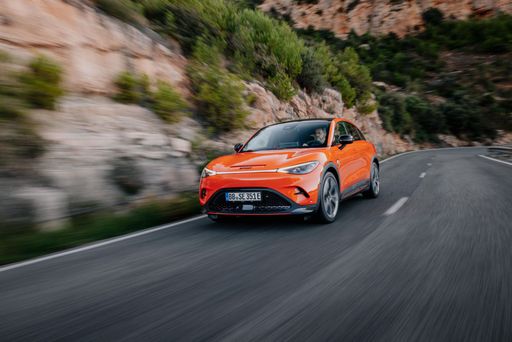 @ media.smart.com
@ media.smart.com
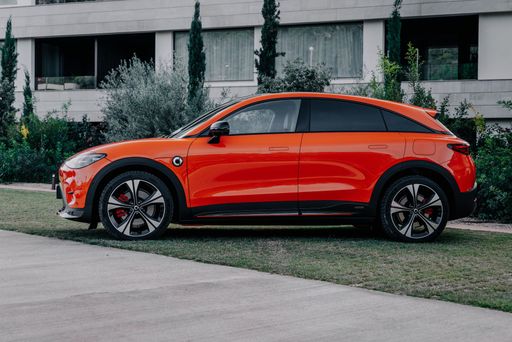 @ media.smart.com
@ media.smart.com
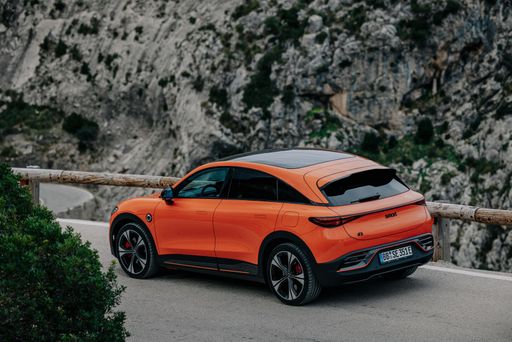 @ media.smart.com
@ media.smart.com
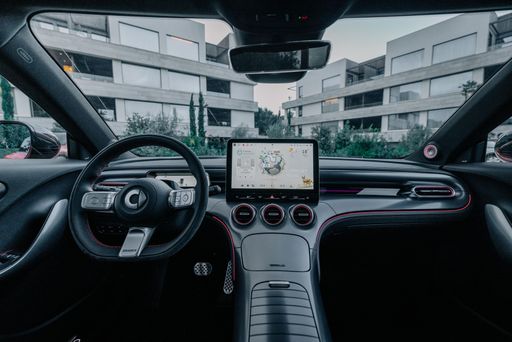 @ media.smart.com
@ media.smart.com
 @ media.smart.com
@ media.smart.com
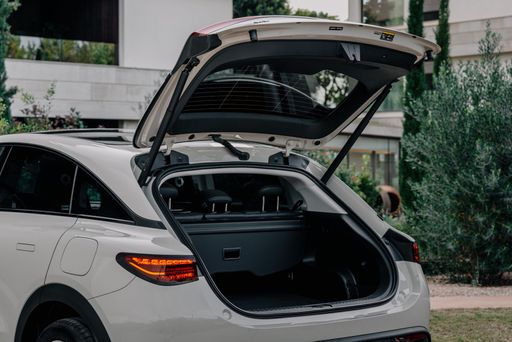 @ media.smart.com
@ media.smart.com
BYD Sealion 7
The Sealion 7 captivates with its striking design and impressive performance that appeals to both enthusiasts and casual drivers alike. With a focus on comfort and advanced technology, this model redefines the driving experience, making every journey enjoyable. Its sleek silhouette coupled with an innovative interior showcases the perfect blend of style and functionality.
szczegóły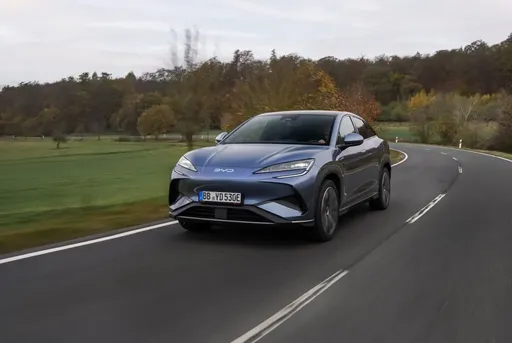 @ BYD
@ BYD
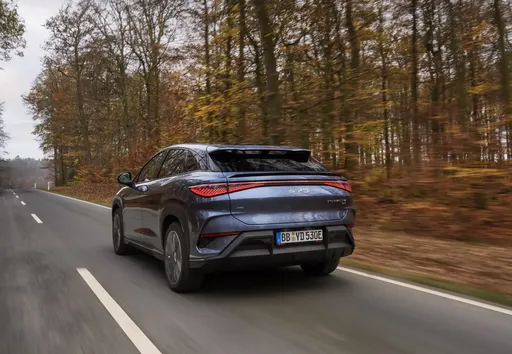 @ BYD
@ BYD
 @ BYD
@ BYD

|

|
|
|
|
Koszty i Zużycie |
|
|---|---|
|
Cena
177900 - 235000 zł
|
Cena
219600 - 267900 zł
|
|
Zużycie L/100km
-
|
Zużycie L/100km
-
|
|
Zużycie kWh/100km
16.3 - 17.6 kWh
|
Zużycie kWh/100km
19.9 - 21.9 kWh
|
|
Zasięg elektryczny
325 - 455 km
|
Zasięg elektryczny
456 - 502 km
|
|
Pojemność baterii
47 - 62 kWh
|
Pojemność baterii
-
|
|
CO2
0 g/km
|
CO2
0 g/km
|
|
Pojemność zbiornika paliwa
-
|
Pojemność zbiornika paliwa
-
|
Wymiary i Nadwozie |
|
|---|---|
|
Typ nadwozia
SUV
|
Typ nadwozia
SUV
|
|
Miejsca siedzące
5
|
Miejsca siedzące
5
|
|
Drzwi
5
|
Drzwi
4
|
|
Masa własna
1780 - 1910 kg
|
Masa własna
2225 - 2435 kg
|
|
Pojemność bagażnika
370 L
|
Pojemność bagażnika
520 L
|
|
Długość
4400 mm
|
Długość
4830 mm
|
|
Szerokość
1844 mm
|
Szerokość
1925 mm
|
|
Wysokość
1556 mm
|
Wysokość
1620 mm
|
|
Maksymalna pojemność bagażnika
1160 L
|
Maksymalna pojemność bagażnika
1789 L
|
|
Ładowność
419 - 450 kg
|
Ładowność
410 kg
|
Silnik i Wydajność |
|
|---|---|
|
Typ silnika
Elektryczny
|
Typ silnika
Elektryczny
|
|
Skrzynia biegów
Automatyczna
|
Skrzynia biegów
Automatyczna
|
|
Szczegóły skrzyni biegów
Reduktor
|
Szczegóły skrzyni biegów
Reduktor
|
|
Rodzaj napędu
Napęd na tylne koła, Napęd na cztery koła
|
Rodzaj napędu
Napęd na tylne koła, Napęd na cztery koła
|
|
Moc KM
272 - 428 KM
|
Moc KM
313 - 530 KM
|
|
Przyspieszenie 0-100km/h
3.7 - 5.8 s
|
Przyspieszenie 0-100km/h
4.5 - 6.7 s
|
|
Maksymalna prędkość
180 km/h
|
Maksymalna prędkość
215 km/h
|
|
Moment obrotowy
343 - 584 Nm
|
Moment obrotowy
380 - 690 Nm
|
|
Liczba cylindrów
-
|
Liczba cylindrów
-
|
|
Moc kW
200 - 315 kW
|
Moc kW
230 - 390 kW
|
|
Pojemność silnika
-
|
Pojemność silnika
-
|
Ogólne |
|
|---|---|
|
Rok modelowy
2023
|
Rok modelowy
2024
|
|
Klasa efektywności CO2
A
|
Klasa efektywności CO2
A
|
|
Marka
smart
|
Marka
BYD
|
Jakie rodzaje napędu ma smart #3?
smart #3 jest dostępny z napędem Napęd na tylne koła albo Napęd na cztery koła.
Wyświetlane ceny i dane są szacunkowe, oparte na niemieckich cenach katalogowych i mogą się różnić w zależności od kraju. Te informacje nie stanowią wiążącej oferty.
